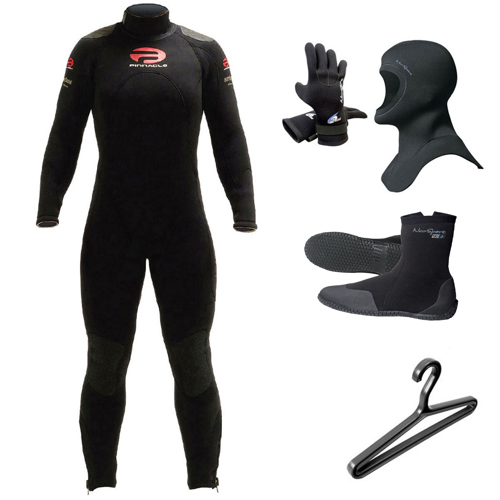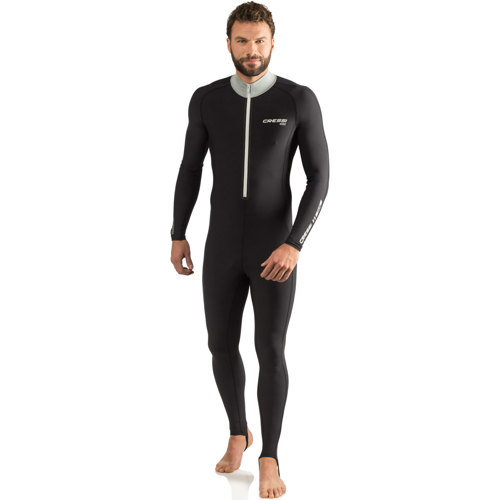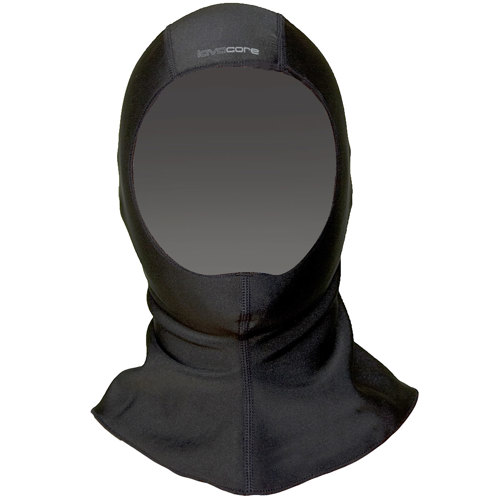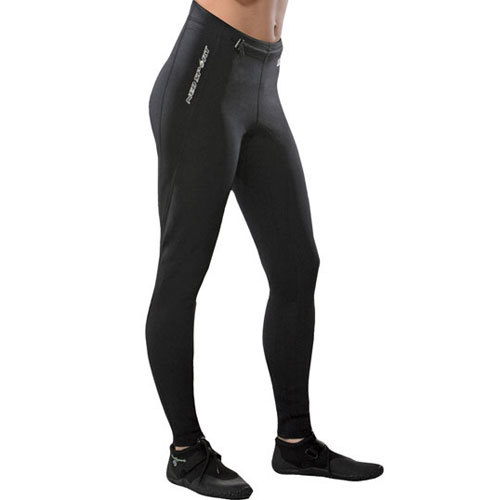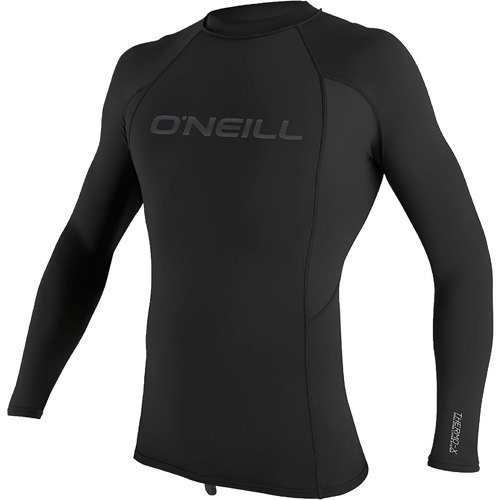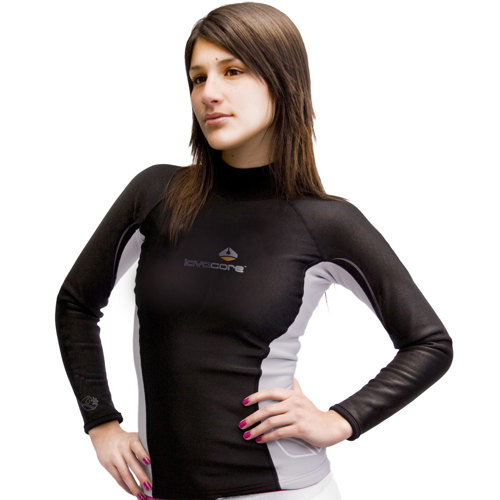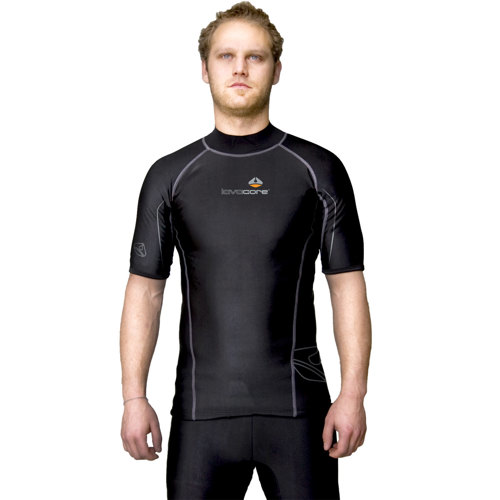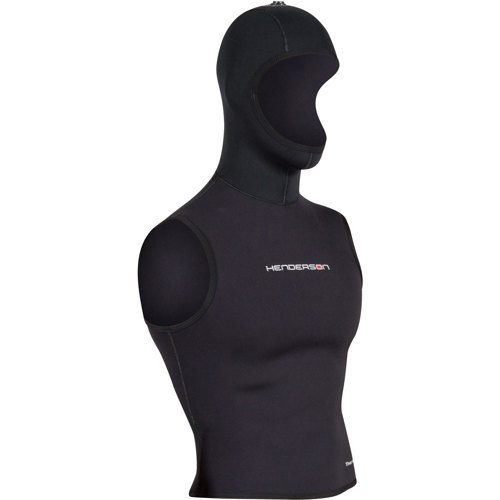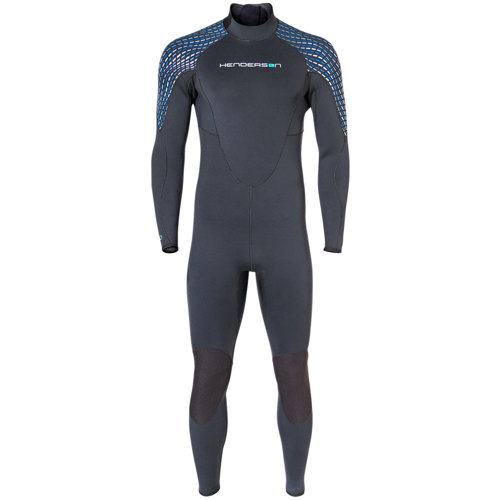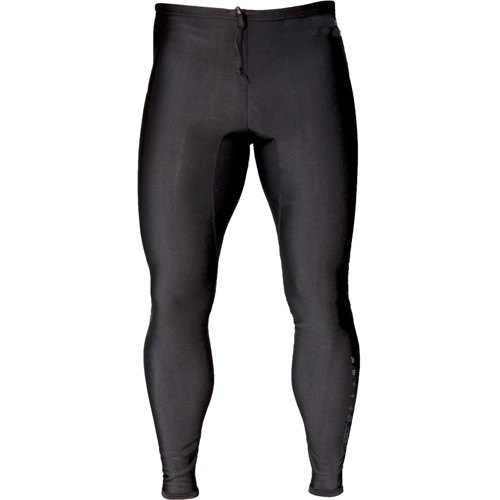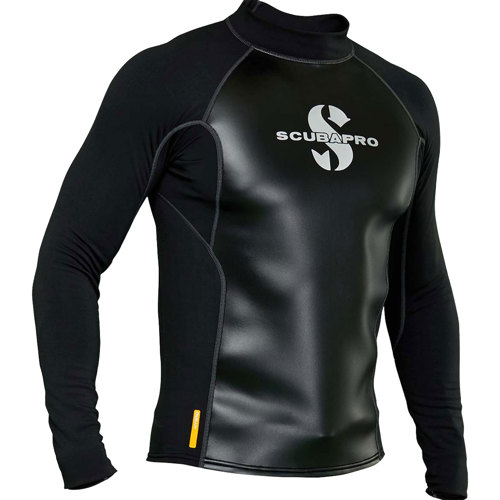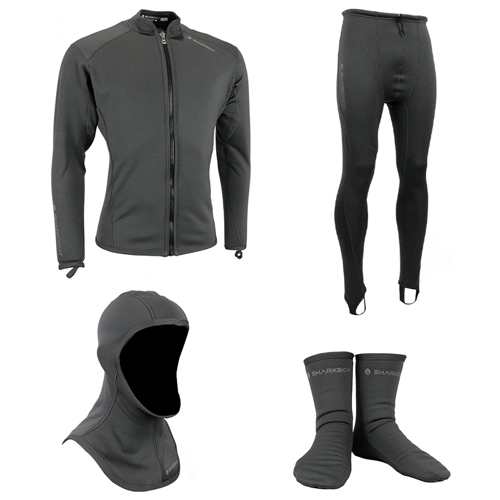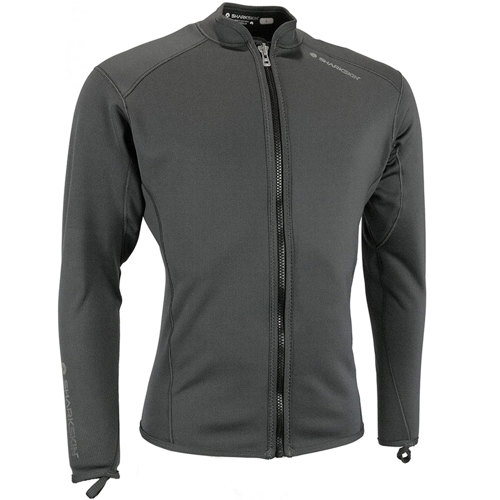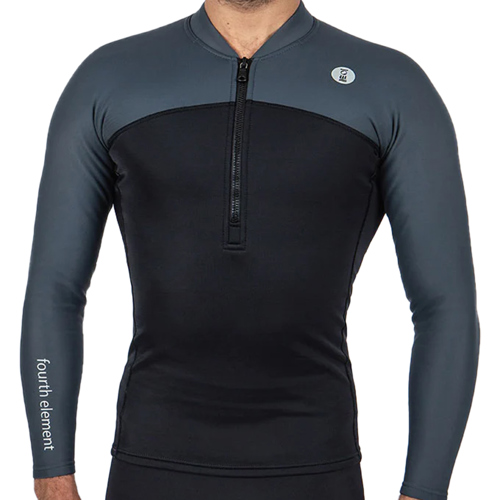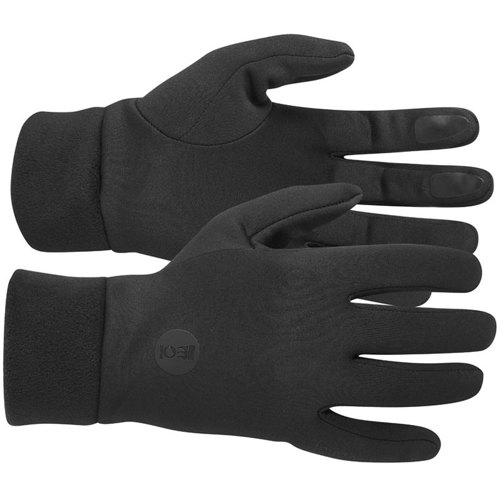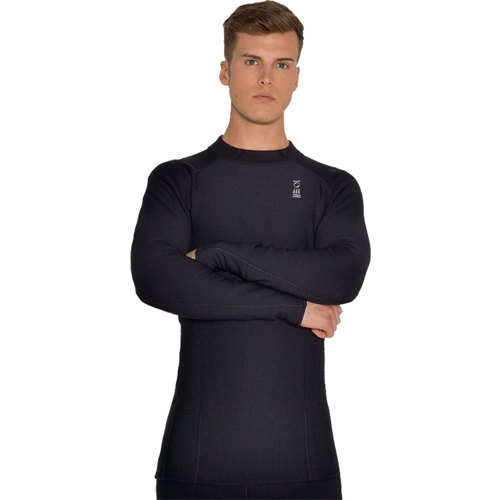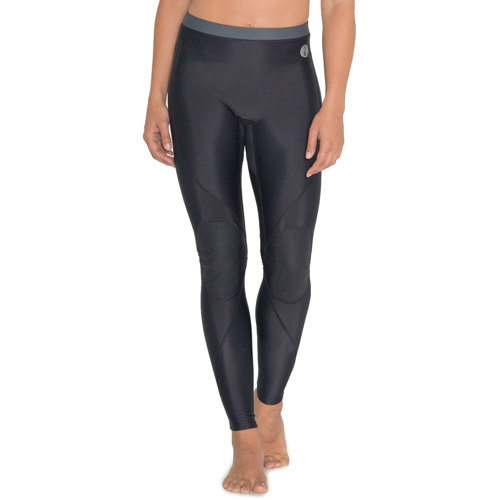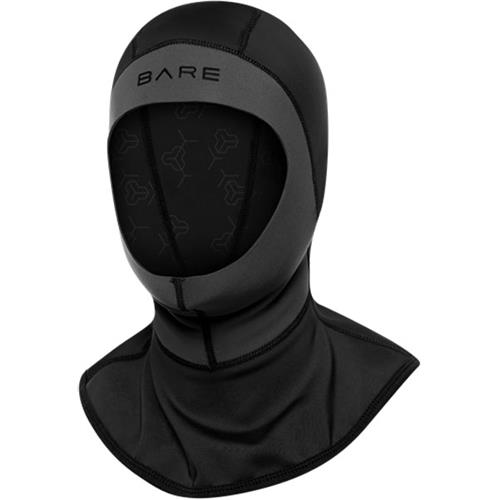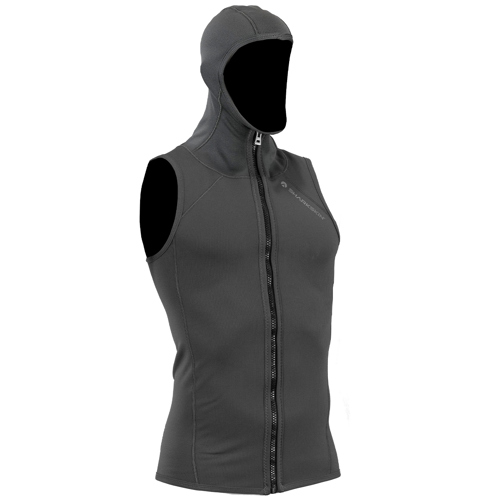When it comes to diving in waters where the temperature can fluctuate or drop unexpectedly, thermal layers are an essential part of your underwater wardrobe. Whether you’re planning a summer dive off the coast or gearing up for a trip to cooler northern waters, the right thermal protection ensures you stay comfortable and safe throughout your adventure. Thermal layers are designed to be worn beneath a wetsuit or drysuit, creating an insulating barrier that helps maintain your core body temperature. The science behind these garments is straightforward but effective: by trapping a thin layer of water or air close to your skin and minimizing heat loss, they allow you to extend your bottom time and focus on the marine world around you, rather than the chill creeping in from the depths. For divers who regularly explore different environments—from tropical reefs to temperate kelp forests or chilly freshwater lakes—having a reliable set of thermal layers can make the difference between a brief, shivering swim and a long, rewarding dive.
The versatility of diving thermal layers makes them a thoughtful gift for any diver, snorkeler, or water sports enthusiast in your life. They’re especially appreciated by those who dive year-round or travel to destinations with unpredictable conditions, where water temperatures can swing from balmy to brisk in a matter of meters. Seasoned divers often recount the difference a quality base layer made during early morning boat dives or late-season excursions, when even the most robust wetsuit can use a little backup. These garments are engineered with features like moisture-wicking fabrics that draw sweat away from the skin, advanced insulation materials that trap warmth without adding bulk, and flexible construction that allows for unrestricted movement. Breathability is another key consideration, as it helps prevent overheating during surface intervals or energetic swims. Durability matters, too—thermal layers must withstand repeated exposure to saltwater, sun, and the rigors of donning and doffing gear. For those building their kit, it’s worth exploring options that fit snugly without compressing, as a good fit maximizes insulation while preserving mobility.
Choosing the right thermal layer depends on your individual needs, the type of diving you do, and the conditions you expect to encounter. If you’re layering up for an August dive in a temperate climate, a lightweight, moisture-wicking base might be all you need to stay comfortable during longer sessions. For colder dives or extended time underwater, you might opt for thicker, multi-layered insulation that still allows you to move freely and access your equipment. Many divers find that mixing and matching different types of underlayers—such as pairing thermal tops and shorts or adding a core vest—lets them fine-tune their protection for any scenario. Even snorkelers and freedivers, who typically spend less time submerged, benefit from the added warmth and comfort these layers provide, especially when exploring deeper or shaded areas. If you’re considering upgrading your own setup or selecting a gift for someone else, take the time to review sizing charts, material specifications, and user reviews to ensure a good match. For a deeper dive into the range of options and to explore how thermal layers can be integrated with other gear, the
Diving Under Layers page offers additional insights and recommendations tailored to every level of experience. With the right combination of thermal layers, you’ll be ready to embrace the underwater world in comfort—no matter what the water temperature throws your way.
Top Picks For Diving Thermal Layers

